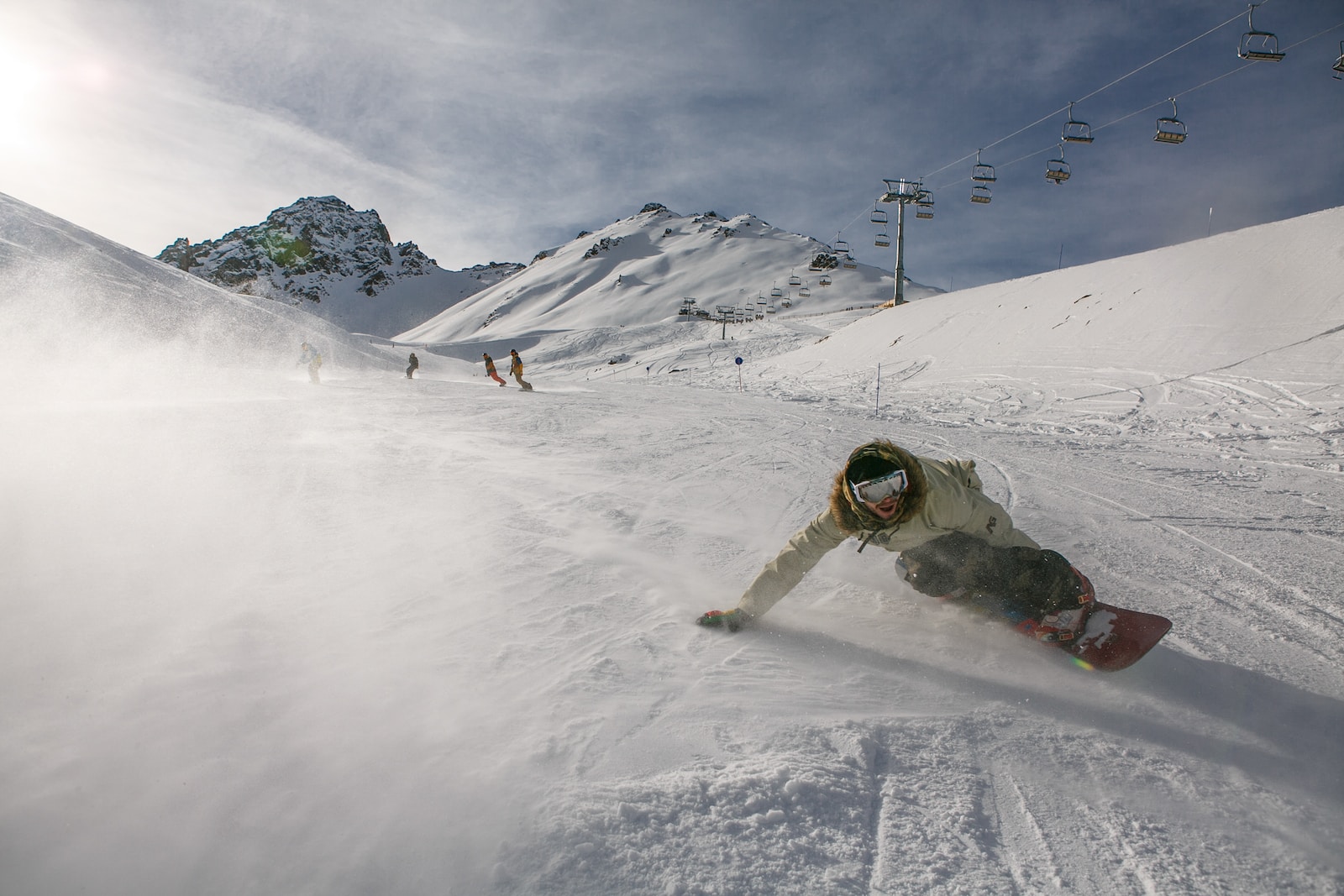Table of Contents
Ice skating is a magical experience, a dance on ice that combines grace, precision, and a dash of thrill. Whether you’re a seasoned skater or a beginner stepping onto the ice for the first time, this comprehensive guide will provide you with valuable insights into ice skating rinks, techniques, and the importance of selecting the right ice skating shoes.

Ice Skating Rinks
Ice skating rinks are the stage where the dance on ice unfolds. They come in various types, each offering a unique skating experience.
Types of Ice Skating Rinks
Indoor Rinks: Indoor ice skating rinks are a popular choice for their controlled environment. Regardless of the weather outside, indoor rinks offer a consistent ice surface, making them ideal for both recreational skating and professional training.
Outdoor Rinks: Outdoor ice skating rinks offer a different charm. Skating under the open sky, especially during the winter season, is a delightful experience. These rinks can be found in public parks and are usually seasonal.
Synthetic Rinks: Synthetic ice rinks are made from a high-tech plastic that mimics the properties of real ice. They are an eco-friendly alternative and can be used both indoors and outdoors, regardless of the temperature.

Finding the Perfect Rink
Finding the perfect ice skating rink depends on your needs and preferences. Here are some factors to consider:
Location: Choose a rink that’s conveniently located. If you plan to skate regularly, a rink close to your home or workplace would be ideal.
Facilities: Check the facilities offered by the rink. Amenities like skate rentals, lockers, and refreshment areas can enhance your skating experience.
Operating Hours: Look for rinks with flexible operating hours that fit into your schedule.
Programs: If you’re interested in lessons or joining a skating club, check if the rink offers these programs.
Ice Skating Techniques
Ice skating is an art that requires practice, precision, and passion. Whether you’re a beginner or an experienced skater, understanding and mastering various techniques can elevate your skating experience.
Beginner’s Guide
1. Basic Glide: Start with your feet shoulder-width apart and glide slowly. Keep your knees slightly bent and use your arms for balance.
2. Stopping Techniques: Learning to stop is as crucial as learning to skate. Practice the snowplow stop by pushing your feet apart and applying pressure on the inside edges of your skates.
3. Simple Turns: Begin with gentle turns by shifting your weight and using your edges.
4. Backward Skating: Once you’re comfortable with forward skating, try skating backward by pushing off with one foot at a time.
Advanced Techniques
1. Spins: Spins are a beautiful element of ice skating. Start with a two-foot spin before progressing to one-foot spins.
2. Jumps: Jumps add excitement to your skating. Practice simple hops before attempting more complex jumps like the Salchow or Axel.
3. Ice Dancing: Ice dancing combines skating with dance moves. It’s an elegant and expressive way to enjoy ice skating.

Ice Skating Shoes
Choosing the right pair of ice skating shoes is vital for a comfortable and enjoyable skating experience.
Choosing the Right Pair
Fit: Your ice skating shoes should fit snugly without being too tight. They should provide support to your ankles.
Material: Look for quality materials that provide durability and comfort. Leather is a popular choice.
Blade: The blade’s quality and design affect your skating performance. Consult with a professional to choose the right blade for your skating style.
Maintenance and Care
Regular Sharpening: Keep the blades sharp for optimal performance.
Proper Storage: Store your skates in a dry place and use protective covers for the blades.
Cleaning: Regularly clean the boots and blades to maintain their condition.
Conclusion
Ice skating is a captivating blend of art and sport, offering endless possibilities for creativity, exercise, and fun. Whether you’re gliding across a serene outdoor rink or mastering complex jumps and spins, understanding the nuances of ice skating rinks, techniques, and shoes can enhance your experience.
From finding the perfect rink to choosing the right pair of ice skating shoes, this comprehensive guide has covered all you need to know to embark on your ice skating journey. So lace up your skates, step onto the ice, and let the dance begin!

Ice Skating FAQ: Everything You Need to Know
Q1: How Can a Beginner Start Ice Skating?
A1: The best way to start ice skating as a beginner is to enroll in a beginner’s class at a local ice skating rink. Equipping yourself with the right ice skating shoes and learning basic techniques from professionals ensures a safe and enjoyable experience.
Q2: What’s the Recommended Frequency for Sharpening Ice Skating Shoes?
A2: Sharpening your ice skating shoes depends on your skating frequency and style. Generally, it’s advisable to sharpen them every 15-20 hours of ice time to maintain optimal performance.
Q3: Is It Possible to Practice Ice Skating at Home?
A3: While real ice offers the best practice experience, synthetic ice panels are available for home use. These panels mimic the feel of real ice, providing a convenient way to hone your skills at home.
Q4: Are Outdoor Ice Skating Rinks Open Year-Round?
A4: Most outdoor ice skating rinks operate seasonally during the winter months. However, some locations may feature year-round outdoor rinks equipped with refrigeration systems to maintain the ice.
Q5: What Differentiates Figure Skating Shoes from Hockey Skates?
A5: Figure skating shoes are crafted for agility and precision, featuring toe picks that aid in jumps and spins. In contrast, hockey skates are designed for speed and maneuverability, lacking toe picks to facilitate swift movement.








